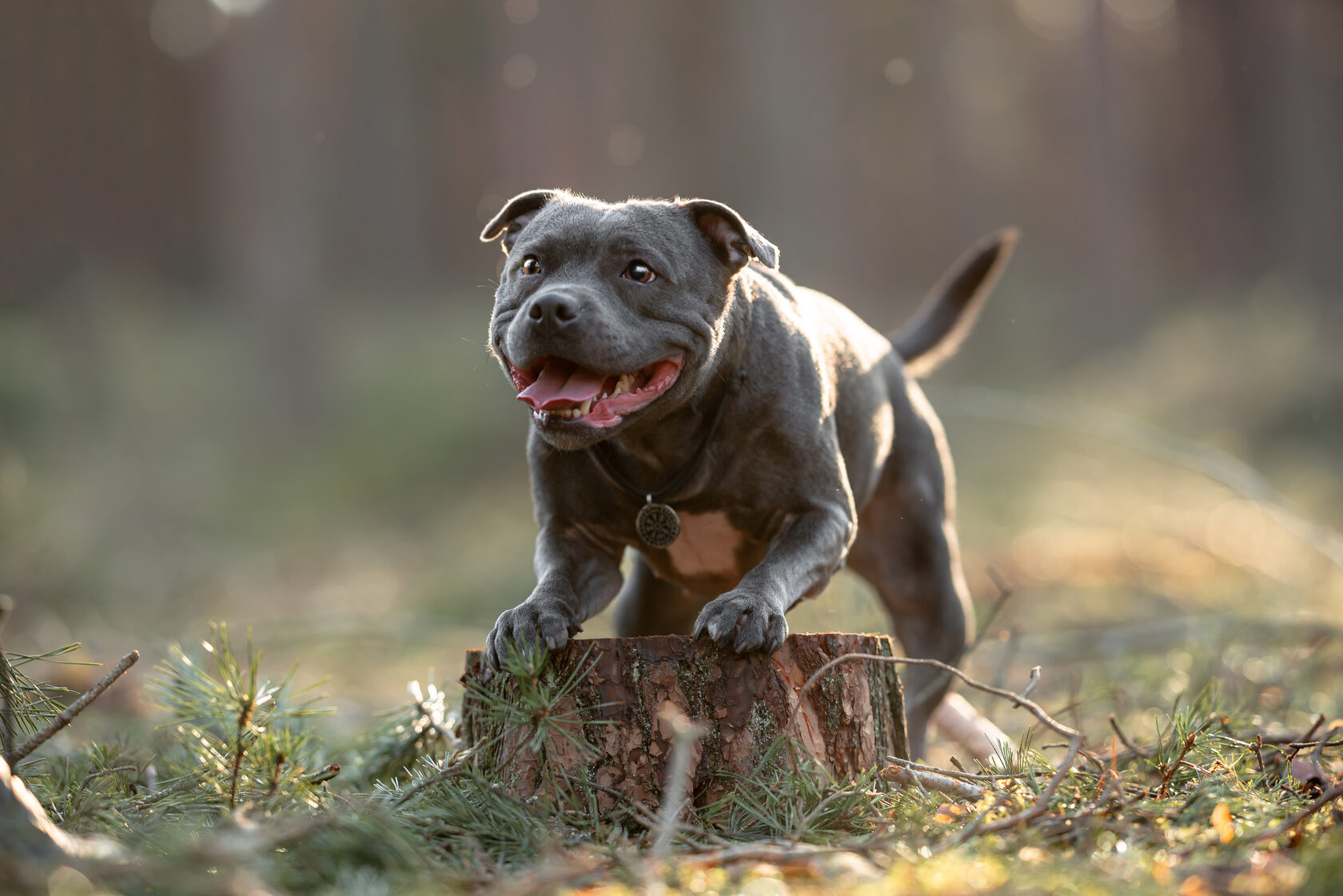First set of gear will be needed asap after picking up your puppy. Even if you need to postpone first walks due to the quarantine, your puppy can and should be introduced to the outside world, which will be much safer if he is already packed with a proper and safe gear set, from which he cannot unexpectedly get out.
H-shaped harnesses are a simple and most suitable option. Harnesses of this shape better match the dog's anatomy and do not restrict dog's range of movement at walks. These harnesses are fitted over the dog's bone structures in a way that they do not affect soft tissues of the neck. When properly fitted, an H-shaped harness will also be the safest option of the available gear.
Correct fitting of the harness is very important. Please pay attention to the illustration below to make sure that your harness is adjusted properly. As the puppy grows, you will have to adjust it quite often!
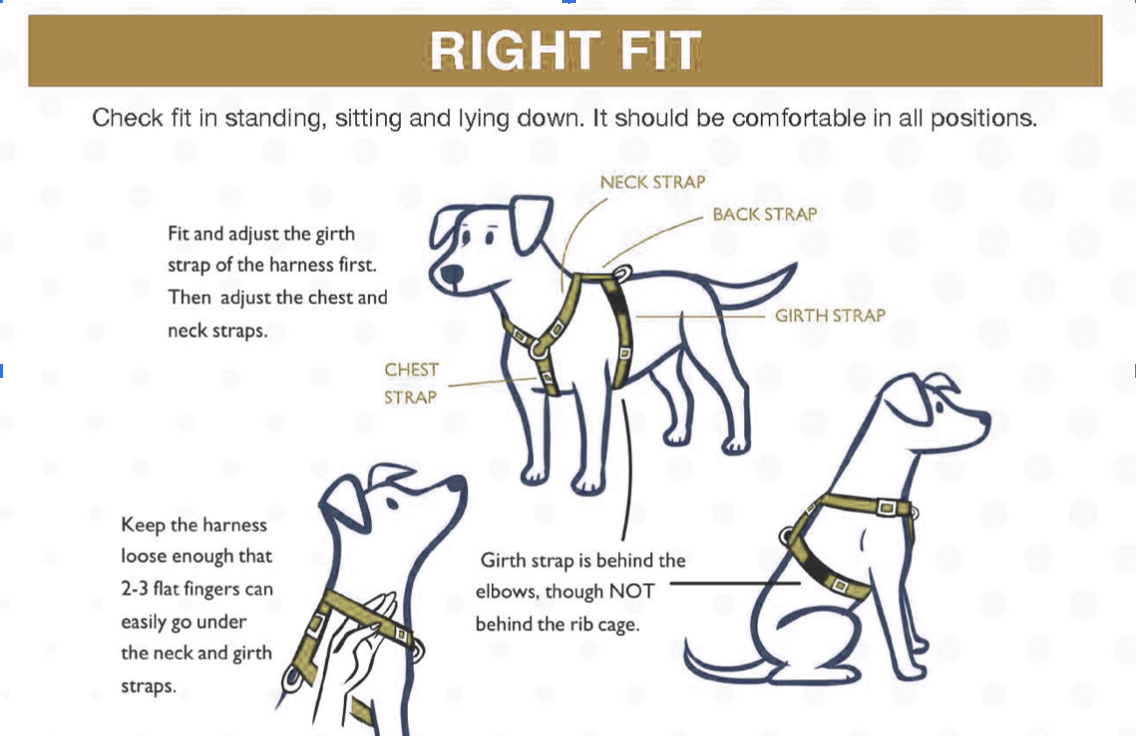
Other models/types of harnesses, whether restrictive harnesses or the ones that overlap shoulders are not suitable for continuous use and for use overall, especially with a small puppy. Only an H-shaped harness in the correct fit will not affect the soft tissues of the body and will not restrict movement, which is extremely important when the puppy is just beginning to develop functionality. The assertion that harnesses are unsafe for a puppy's growth processes is based on these non-anatomical models.
Collars are the most common of all gear sorts, but nowadays they are less and less recommended due to the potential harm to the soft tissues of the neck and an additional stress factor in the case of leash tension, which is unavoidable with a young active dog like SBT. Collars are not essential for teaching your puppy not to pull the leash - it's not more than a gear element, while a proper training routine can help your puppy to learn leash manners even while wearing the softest of all harnesses. For move info we suggest to look up: Rugaas, T. (2004). My Dog Pulls, What Should I Do? Dogwise Publishing.
Half-choke collars are a modification of a regular choke collar with an additional stop "system". A correctly sized half-choke collar for an adult dog can fit so that even when pulled, it will not squeeze the neck. However, with such fitting it is easy to get out of the collar, so such experiments can be quite dangerous, especially with a puppy and overall, an active and quite impulsive SBT.
Show leads are usually designed on the principle of a choke or half-choke and are intended for showing a dog in an exhibition ring. As a rule, their functions and strength are not suitable for use on walks, and besides, they are quite thin and uncomfortable. The Staffordshire bull terrier can be shown in the ring on a traditional show lead, but as a form of good taste, it's nice to present the breed on specific leather sets with the breed's symbolics - the Staffordshire knots. The leather itself and the metal aspects can be of various colours, but best is to match the set's colours with the dog's coat colour. For instance, a classical blackbrindle SBT is commonly shown in a black leather set with brass decor.
Leash should be comfortable for both you and your puppy, and at the same time - long enough to develop puppy's main life skills and allow him to cover natural needs and express curiosity during a walk. Normally it's at least 3m., but 5m. would do well too. The importance of long enough leads is confirmed not only by everyday observations of dog owners, but also by practical experiments of dog behavior specialists like DogFieldStudy.
Weight of the leash should not interfere with the puppy's free movement. Often the leashes and even carabiners can be too heavy at first for a very small puppy. Make sure to pay attention to it and check that the puppy's leash is light enough.
For a puppy, the leash can be rather thin, but as the dog grows up, it will be necessary to switch to thicker and stronger leashes. Ourselves we use 20 mm leashes for juniors and adults, but at first for small puppies - only 10 mm. They are way lighter and softer.
Retractable leashes might be very convenient, but also quite risky. Both the cord and the tape can easily get tangled around the puppy's limbs, the child's legs or arms, or your own fingers and then cause some serious injuries. It is quite difficult to control the length of the lead on a retractable leash, and it will be pretty much not be possible to introduce your puppy to loose leash walking - instead, the puppy will likely get used to constant light tension, and that usually, he can pull out more length when wants to. If you want to consider using a retractable leash, it's much better and safer with an adult dog. Please note that for a Staffordshire bull terrier, the retractable leash should not only be suitable by weight, but also it's snap hook should be strong enough. Most retractable leashes of size M (for example, Flexi) fit SBT's weight category, but snap hooks in M size will likely be too small. For our SBT, we use Flexi L size.
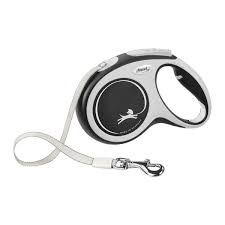
Hands-free leashes might be also very convenient, but mostly when walking an older dog who already knows how to walk on a loose leash.
Regular nylon leashes are the most popular and budget option. However, such a leash can be quite slippery in hands. When walking a puppy, there might be little to no differences, but with a teenage or an adult dog, it is much more convenient to use a non-slip, rubberized leash. It will not burn your hand when pulled, and a little of soft force will be enough to limit its length.
Regular nylon leashes are the most popular and budget option. However, such a leash can be quite slippery in hands. When walking a puppy, there might be little to no differences, but with a teenage or an adult dog, it is much more convenient to use a non-slip, rubberized leash. It will not burn your hand when pulled, and a little of soft force will be enough to limit its length.
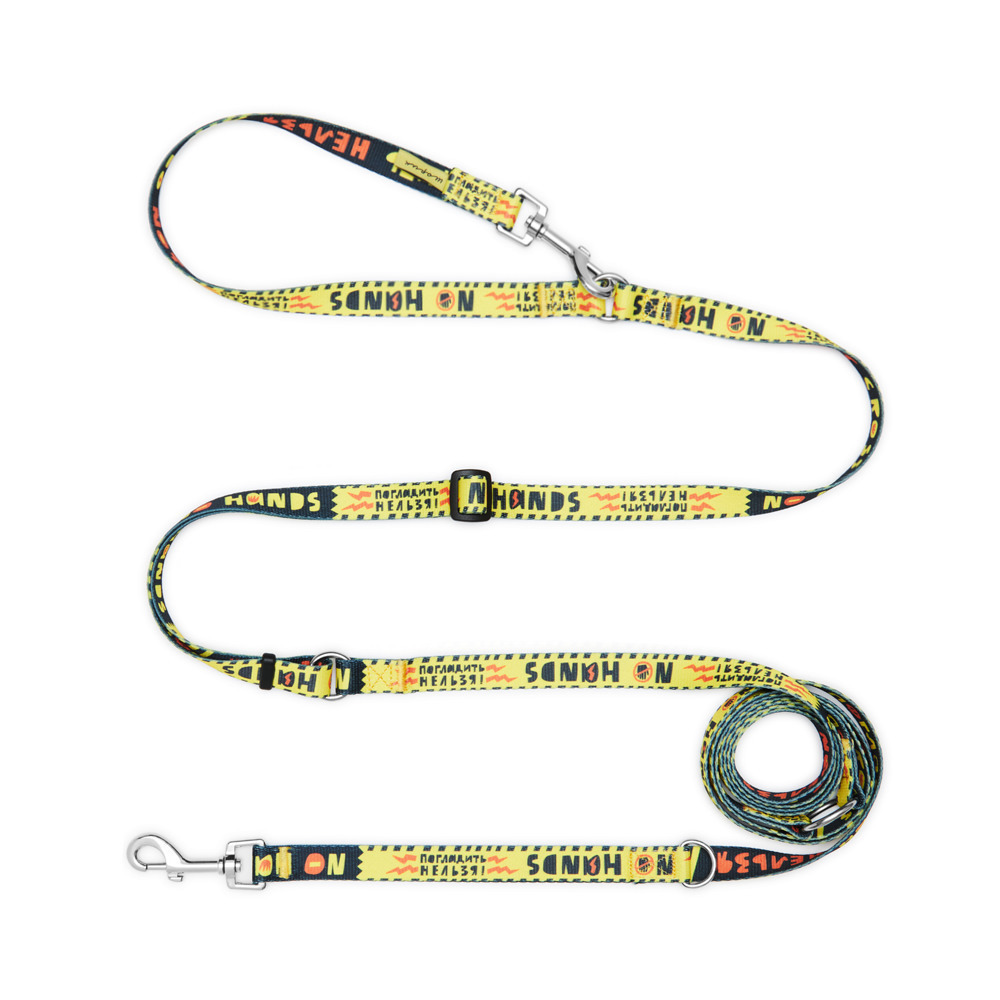
Rubberized leashes are an excellent alternative. They weigh about the same as regular leashes but fit in hands much better and allow you to control the leash's length comfortably. The rubber on these leashes tends to wear out over time and often cracks in severe frost, but this is not a deal-breaker. After all, leashes are consumable, and the cost of a 5-meter regular rubberized leash will not be higher than 20 euros.
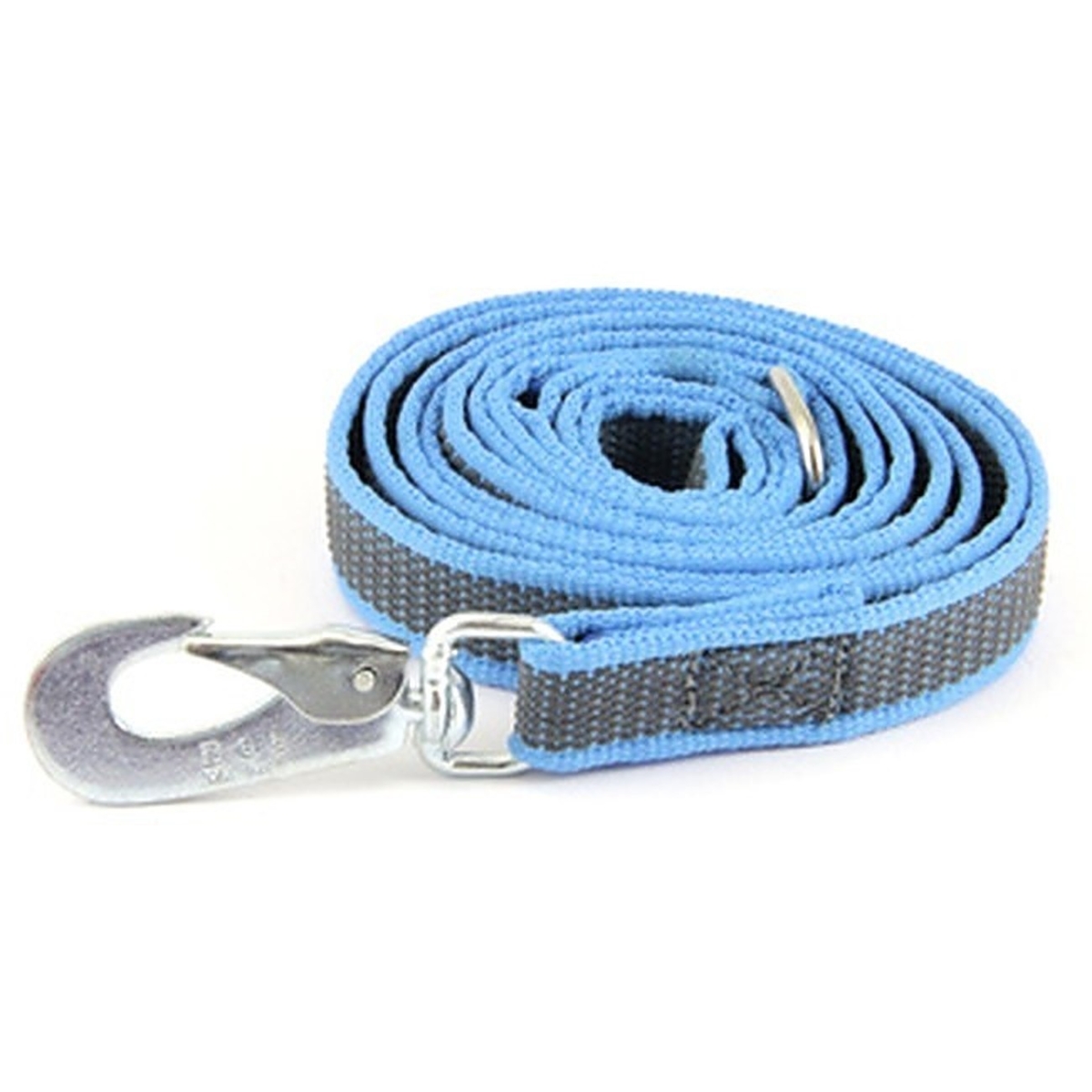
Leather leashes are much more expensive, but much more durable and wear-resistant - such a leash can last for years even if used intensely. But when choosing a leather leash, always pay attention to it's production method: leather production can be both ECO and chemical, and the chemical one is highly undesirable. Many dogs at least occasionally take the leash in their mouth, lick our hands at walks etc. Whatever got on a dog, will get inside the dog too. One good manufacturer of leather leashes is Haqihana, and some alternatives can be found in horse goods or at dog shows.
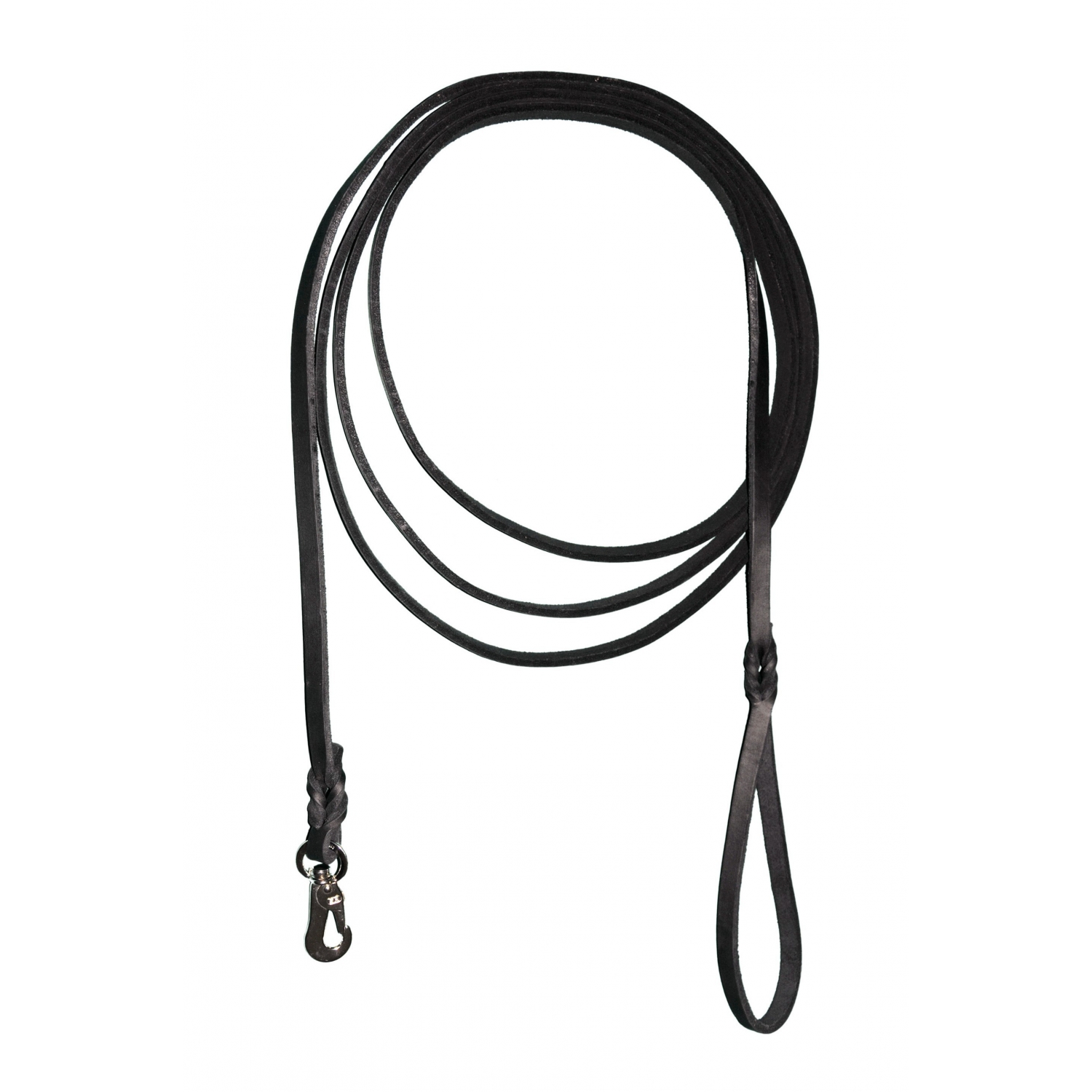
Biothane leashes are extremely convenient in our climate: they do not absorb moisture and are very easy to wash. Such leashes do not slip, but weigh quite a lot if made of original, standard biothane. There is also a lighter version - soft biothane, which weights much less. Biothane is quite durable thanks to durable straps inside the rubber-like layers. Please note that biothane is actually not a material, but a BioThane trademark with registered technology. The original biothane is quite expensive and has no threads and patterns. Biothane analogues will be cheaper, but may also not correspond to the properties of the original product.
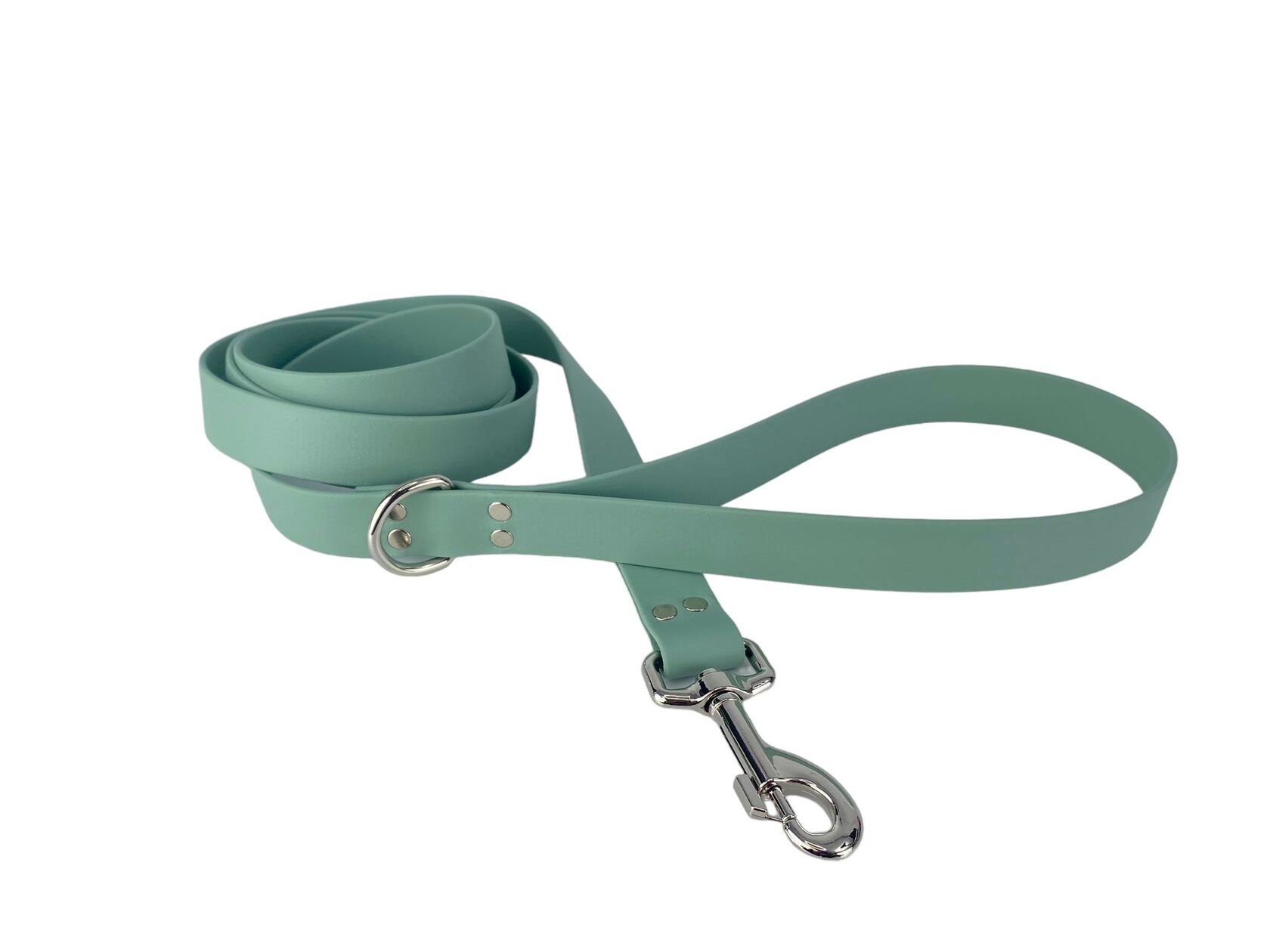
Carabiners and hooks are also very important, like the leash material itself. They differ in design and strength capacities. For an active, strong dog, a quality carabiner is, first of all, a safety issue.
Standard snap carabiner is most often found in dog equipment, but today there are already plenty of more durable alternatives. For a proportionally strong dog, like SBT, a snap may not be the best choice - depending on the quality and wearout of the carabiner, they tend to break apart or accidentally open.

Hook carabiner is a good example of a more reliable alternative. These are the carabiners we most often choose for our dogs. There are no additional parts of the mechanism that could break during a walk.
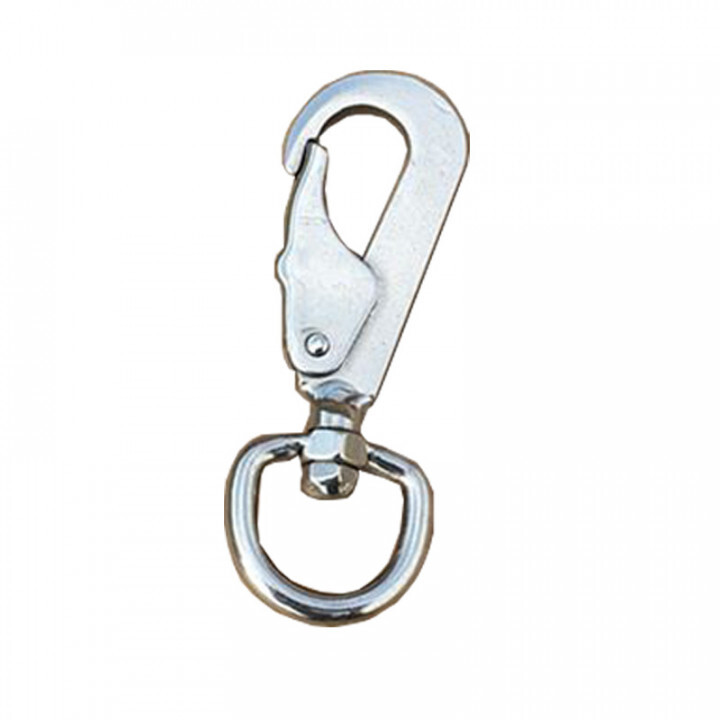
Lightweight aircraft aluminum hooks look more reliable than the previous ones, but they can be even more fragile. They are quite light and even convenient, but their most common problem is the mechanism itself. These latches tend to fail sometimes, also rust, or simply fall apart at the most inopportune moments.
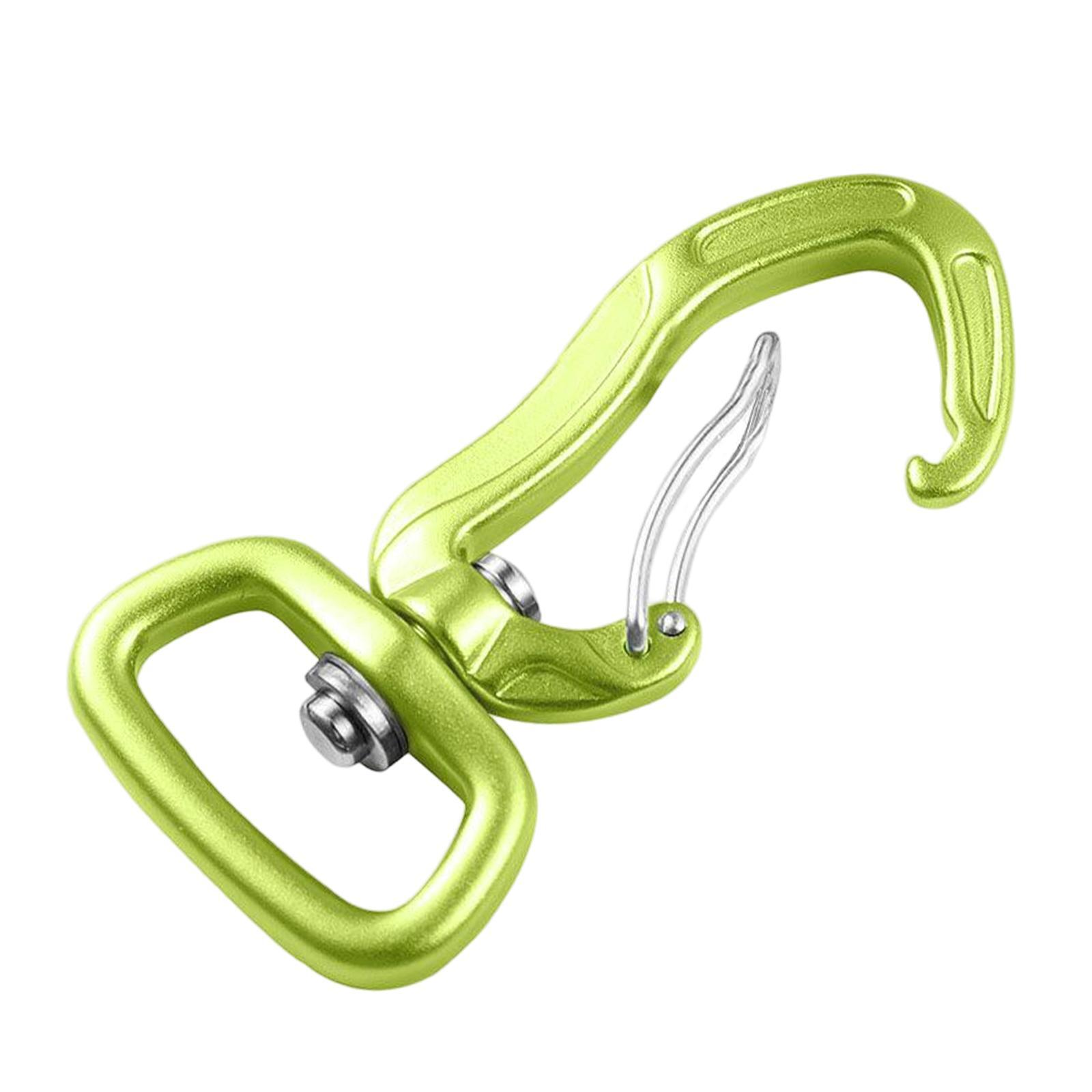
Reinforced carabiner with an automatic latch made of aircraft aluminum looks massive, but thanks to the material it's actually very light. It's usually too large for a puppy, but quite convenient and reliable for use with an older dog. However, the automatic latch has the same cons: it may stop working if it rusts or is heavily contaminated with earth or sand, so it is worth additionally monitoring the cleanliness of the mechanism.
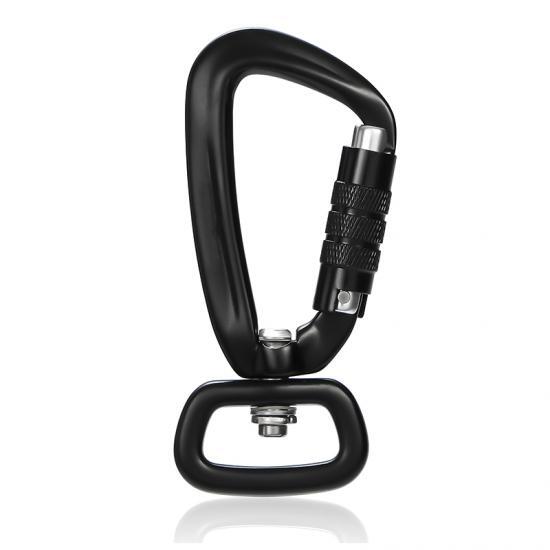
Whatever carabiner you choose to use, do not forget to make sure that it is in good working order and well-closed every time before going out on a walk. Over time, carabiners tend to rust, jam, or break, so you need to check it regularly. Walking with a faulty carabiner can be very dangerous!
References
Structure in Action. Pat Hastings and Wendy E. Wallace, DVM, cVA
Robertson, J. (2022). How to Build a Puppy Into a Healthy Adult Dog
Robertson, J., & Mead, A. (2013). Physical Therapy and Massage for Dogs.
Rugaas, T. (2004). My Dog Pulls, What Should I Do? Dogwise Publishing
Rousseau, Stephanie; Rugaas, Turid. (2023) How to Raise a Puppy. CRC Press
DogFieldStudy.com
Structure in Action. Pat Hastings and Wendy E. Wallace, DVM, cVA
Robertson, J. (2022). How to Build a Puppy Into a Healthy Adult Dog
Robertson, J., & Mead, A. (2013). Physical Therapy and Massage for Dogs.
Rugaas, T. (2004). My Dog Pulls, What Should I Do? Dogwise Publishing
Rousseau, Stephanie; Rugaas, Turid. (2023) How to Raise a Puppy. CRC Press
DogFieldStudy.com
